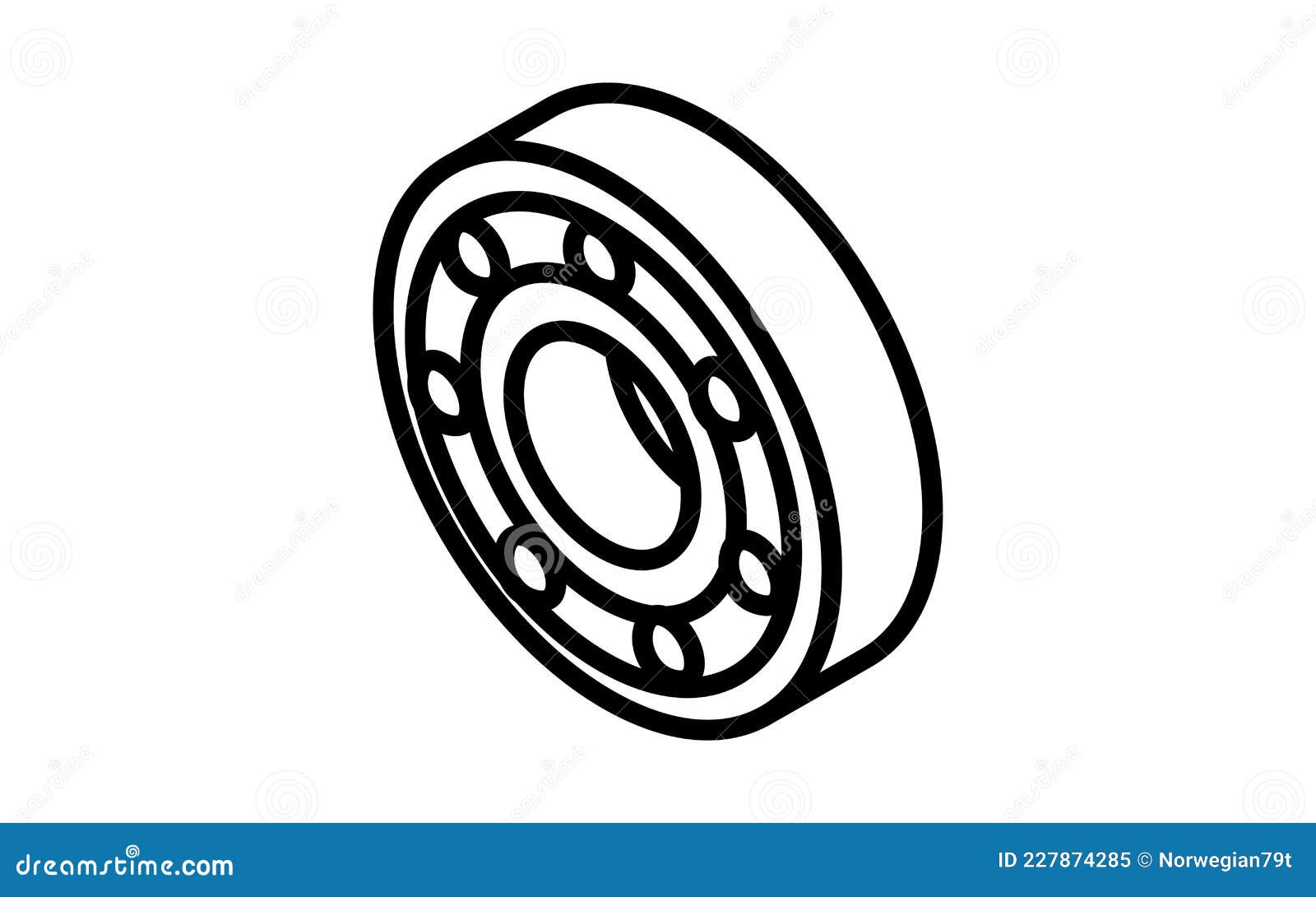Beyond デ フォートãƒãƒ¼: Navigating The World Of Mojibake
Have you ever opened a document, a webpage, or a chat message only to be greeted by a string of seemingly random, unreadable characters? Perhaps you’ve seen something akin to デ フォートãƒãƒ¼ appearing where coherent text should be. This perplexing phenomenon, often dismissed as a minor digital glitch, is known as "mojibake," a Japanese term literally meaning "character transformation." It’s more than just an aesthetic annoyance; it’s a fundamental breakdown in how our digital systems communicate and interpret text, potentially leading to significant issues in data integrity, communication, and even legal or financial contexts.
Understanding mojibake is crucial in our increasingly interconnected world, where information flows across diverse systems and languages. From personal messages to critical business data, the accurate representation of text is paramount. This article will delve deep into the world of mojibake, exploring its origins, its impact, and practical strategies for prevention and resolution. We’ll use examples like デ フォートãƒー to illustrate how these digital distortions manifest and why they matter, providing you with the expertise to navigate these textual troubles with confidence.
What Exactly is Mojibake? The Digital Gibberish Explained
At its core, mojibake refers to the incorrect display of text characters, resulting in a jumbled mess of symbols that bear no resemblance to the original, intended message. Imagine receiving an email where your friend's name, instead of "Sarah," appears as "Sッrah," or a critical report where numbers and data are replaced by strange glyphs. The example of デ フォートãƒー perfectly encapsulates this issue. These aren't special characters or some new digital language; they are, as the provided data aptly states, "mojibake." This means the underlying binary data representing the text is being misinterpreted by the software attempting to display it. It’s like trying to play a CD on a cassette player – the data is there, but the mechanism for interpretation is wrong, leading to an unintelligible output. The problem isn't usually with the characters themselves, but with how they're encoded and decoded.
- Robert Urich Actor
- Is Cal Raleigh Married
- Xxxxxx Is Equal To 2
- Is Selena Samuela Pregnant Again
- Anissa Kate
The Root Cause: A Deep Dive into Character Encodings
To truly grasp why mojibake occurs, we must understand character encodings. In the digital world, every letter, number, and symbol you see on your screen is stored as a sequence of binary digits (0s and 1s). A character encoding is essentially a map, or a set of rules, that tells a computer which sequence of bits corresponds to which character. When text is created, it's encoded using a specific map. When it's read, it needs to be decoded using the same map. If the encoding used to save the text doesn't match the decoding assumed by the reading software, mojibake like デ フォートãƒー is the inevitable outcome. This mismatch is the fundamental culprit behind almost all instances of corrupted text display.
ASCII and Legacy Encodings: The Early Days
In the early days of computing, the American Standard Code for Information Interchange (ASCII) was the dominant encoding. ASCII could represent 128 characters, primarily English letters, numbers, and basic symbols. It was simple and effective for its time, but it had a significant limitation: it couldn't accommodate the vast array of characters found in other languages, such as accents, umlauts, or characters from non-Latin scripts like Japanese, Chinese, or Arabic. To address this, various "extended ASCII" or "legacy" encodings emerged, like ISO-8859-1 (Latin-1) for Western European languages, Shift-JIS for Japanese, or Big5 for Traditional Chinese. Each of these encodings mapped a different set of characters to the same binary values. This created a fragmentation problem: a file encoded in Shift-JIS would appear as mojibake if opened with an ISO-8859-1 decoder, and vice-versa. This is precisely why characters like デ or フ might appear as corrupted text; they belong to a different character set than what the system is expecting.
The Rise of Unicode: A Universal Language
The solution to the encoding chaos arrived with Unicode. Conceived as a universal character set, Unicode aims to provide a unique number (a "codepoint") for every character in every language, living or dead, as well as symbols, emojis, and more. For instance, the data provided states, "The character ã (latin small letter a with tilde) is represented by the unicode codepoint u+00e3." This means no matter what language or script, that specific character always has that unique identifier. Once a character has a Unicode codepoint, it can be encoded into bytes using various Unicode Transformation Formats (UTFs), most commonly UTF-8. UTF-8 is particularly popular because it is backward-compatible with ASCII (ASCII characters are represented by a single byte in UTF-8) and is highly efficient, using only the bytes necessary for a given character. While Unicode has dramatically reduced mojibake, it hasn't eliminated it entirely, especially when older systems or poorly configured software fail to correctly implement or recognize Unicode encodings.
- Xxxxxx Is Equal To 2 X 5
- Artofzoo Boar Corps Project
- Jayshree Gaikwad Hot Web Series
- Ankita Dave Dob
- John Hurt
Common Scenarios: Where Does Mojibake Like デ フォートãƒー Emerge?
Mojibake isn't a random occurrence; it typically arises in specific situations where character encoding expectations are mismatched. Understanding these common scenarios is key to preventing and troubleshooting the problem. The "Data Kalimat" provides a crucial clue: "It's r or more precisely, some r packages that have trouble with unicode because they weren't compiled." This highlights a significant source of mojibake: software and development environments that are not properly configured or compiled to handle modern Unicode standards.
Here are some frequent culprits:
- File Transfers and Conversions: Moving a text file from one operating system to another (e.g., Windows to Linux, or vice versa) without specifying the encoding can lead to issues. Similarly, converting file types (e.g., from a plain text file to a CSV) without proper encoding handling often results in corrupted characters.
- Database Interactions: Storing or retrieving data from databases where the database's character set doesn't match the application's character set is a common source. If your database expects UTF-8 but your application sends data in Latin-1, you'll see mojibake.
- Web Development and Browsers: Websites that don't declare their character encoding in the HTML header can cause browsers to guess, often incorrectly, leading to mojibake. This is why you might see characters like デ フォートãƒー on older or poorly coded websites.
- Email Clients: Sending or receiving emails across different email clients or servers can sometimes lead to encoding issues, especially if one client defaults to an older encoding.
- Programming Environments and Libraries: As noted with the R packages, programming languages and their libraries can be a major source. If a library is compiled without Unicode support, or if a developer doesn't explicitly handle character encodings when reading or writing data, mojibake is almost guaranteed. This is particularly true for older codebases or when integrating disparate systems.
- Copy-Pasting: Copying text from one application (e.g., a PDF reader) and pasting it into another (e.g., a word processor) can sometimes introduce mojibake if the clipboard doesn't correctly handle the character encoding transfer.
Each of these scenarios presents a point of failure where the "map" for interpreting binary data gets swapped, leading to the unintelligible strings we call mojibake.
The Far-Reaching Impact of Mojibake: More Than Just Annoyance
While encountering デ フォートãƒー in a casual message might be a minor inconvenience, the consequences of mojibake can be far more severe in professional and critical contexts. The impact extends beyond mere readability, touching upon data integrity, legal compliance, financial accuracy, and even public safety. This is where the YMYL (Your Money or Your Life) principles become indirectly relevant; incorrect data can lead to serious real-world repercussions.
- Data Corruption and Loss: Mojibake often signifies that data has been misinterpreted during storage or transmission. If not corrected, this can lead to permanent data corruption, rendering valuable information unusable. Imagine a database of customer names or product descriptions where key details are garbled.
- Communication Breakdown: In international business or global teams, mojibake can completely derail communication. Misinterpreted instructions, contracts, or reports due to garbled text can lead to costly errors, missed deadlines, and damaged relationships.
- Legal and Regulatory Issues: Official documents, legal filings, and compliance reports must be accurate. If character encoding issues lead to incorrect names, addresses, or critical clauses, it could result in legal disputes, fines, or non-compliance penalties. For example, if a company name like "Volkswagen Polo TSI Comfortline" (from the data) appears as "フォルクスワーゲン ムムTSI コンフォートライン" in a legal document, its validity could be questioned.
- Financial Discrepancies: In financial systems, even a single misinterpreted character in an account number, transaction detail, or currency symbol can lead to significant financial errors, reconciliation problems, and potential fraud.
- Security Vulnerabilities: While less common, certain encoding vulnerabilities can be exploited in security contexts, leading to unexpected behavior or bypasses in input validation.
- User Experience and Brand Reputation: For public-facing applications or websites, mojibake creates a poor user experience, suggesting a lack of professionalism or technical competence. This can erode trust and damage brand reputation. If a music festival announcement like "SWEET LOVE SHOWER 2025" (from the data) is riddled with mojibake, it undermines the event's credibility.
The seemingly innocuous appearance of デ フォートãƒー serves as a potent reminder that digital text is not just about aesthetics; it's about accurate, reliable information that underpins countless aspects of our modern world.
Detecting and Diagnosing Mojibake: Becoming a Digital Detective
When you encounter text like デ フォートãƒー, the first step is to confirm it's indeed mojibake and then to diagnose its likely cause. This often involves a bit of digital detective work. The key is to look for patterns and clues within the corrupted characters themselves.
- Visual Cues: Mojibake often presents as sequences of characters that don't make sense in any known language. Common patterns include:
- Question marks or squares replacing characters.
- Characters from a completely different script appearing unexpectedly (e.g., Japanese characters in an English document).
- Repeated sequences of similar-looking symbols.
- The presence of characters like ã, Ã, Â (often seen when UTF-8 is misinterpreted as Latin-1 or vice-versa).
- "See these 3 typical problem scenarios that the chart can help with" – While the "chart" isn't provided, this implies that visual diagnostic tools or pattern recognition are crucial. Many text editors (like Notepad++, VS Code, Sublime Text) have "Encoding" menus that allow you to try different encodings. If you switch the encoding and the text suddenly becomes readable, you've likely found the mismatch.
- Browser Encoding Settings: For web pages, most browsers have a "View" or "Encoding" option that allows you to manually select a different character encoding (e.g., UTF-8, Shift-JIS, ISO-8859-1). If changing this setting resolves the display issue, the problem lies in the webpage's declared encoding or the server's configuration.
- Command-Line Tools: For developers and system administrators, tools like `file -i` (on Linux/macOS) can attempt to detect a file's encoding. Programming languages also offer functions to inspect and convert encodings (e.g., Python's `chardet` library).
- Source of the Text: Consider where the text originated. Was it from an old system? A foreign website? A specific software application (like an R package that wasn't compiled correctly for Unicode)? Knowing the source can often narrow down the possible encodings involved.
By systematically checking these aspects, you can often pinpoint the encoding mismatch responsible for the mojibake and begin to formulate a solution.
Preventing Mojibake: Best Practices for a Clean Digital Environment
The best way to deal with mojibake is to prevent it from happening in the first place. This requires a proactive approach, emphasizing consistent encoding practices and proper software configuration across all stages of data handling. The principle here is simple: ensure that the encoding used to write data is explicitly known and consistently used when reading it.
Consistent Encoding Practices Across Systems
The single most effective strategy is to standardize on a universal encoding, and for modern systems, that standard is unequivocally UTF-8. UTF-8 supports virtually all characters from all languages and is widely adopted across the internet and modern software. Here's how to implement consistent practices:
- Default to UTF-8: Configure all your applications, operating systems, databases, and development environments to use UTF-8 as the default character encoding. This includes:
- Text Editors: Save all your code and text files as UTF-8.
- Databases: Set your database, tables, and columns to use UTF-8 (e.g., `utf8mb4` in MySQL for full emoji support).
- Web Servers: Configure your web server (Apache, Nginx, IIS) to send `Content-Type: text/html; charset=UTF-8` headers.
- Web Pages: Always include `` in the `` section of your HTML documents.
- Email Clients: Configure your email client to send and receive messages in UTF-8.
- Explicitly Declare Encoding: When dealing with files or data streams, always explicitly declare the encoding. Don't rely on systems to guess. For example, when opening a file in Python, use `open('file.txt', 'r', encoding='utf-8')`.
- Input Validation: Implement robust input validation in applications to ensure that incoming data conforms to the expected encoding. Reject or sanitize data that doesn't.
- Educate Teams: Ensure that all team members involved in data handling, development, and system administration understand the importance of character encodings and UTF-8 best practices.
Software and System Configuration: The R Package Example
Beyond general practices, specific software and system configurations play a critical role in preventing mojibake. The "Data Kalimat" specifically points out that "some r packages that have trouble with unicode because they weren't compiled." This is a perfect illustration of how underlying software issues can lead to character encoding problems. For developers and data scientists using tools like R, Python, or Java, ensuring proper compilation and configuration is paramount:
- Compile with Unicode Support: If you're compiling software or libraries from source (as might be the case with some R packages), ensure that they are compiled with full Unicode support enabled. This often involves specific compiler flags or dependencies. Outdated compilers or build environments can lead to libraries that don't correctly handle multi-byte characters, resulting in mojibake.
- Update Software and Libraries: Regularly update your operating system, programming language runtimes (e.g., R, Python, Java), and third-party libraries. Newer versions often come with improved Unicode handling and bug fixes that address encoding issues.
- Environment Variables: In some environments, specific environment variables (like `LANG` or `LC_ALL` on Unix-like systems) dictate the default character encoding for applications. Ensure these are set to a UTF-8 locale (e.g., `en_US.UTF-8`).
- API Usage: When interacting with APIs or external services, always check their documentation for expected character encodings. Explicitly set the encoding when sending data and correctly interpret the encoding when receiving it.
- Version Control: Use version control systems (like Git) that are configured to handle UTF-8 correctly, especially for codebases containing non-ASCII characters in comments or string literals.
By diligently applying these preventative measures, you can significantly reduce the occurrence of mojibake, ensuring that your digital text remains clear, accurate, and intelligible, free from the digital gibberish of デ フォートãƒー.
Recovering from Mojibake: When Prevention Fails
Despite best efforts, mojibake can still creep into your digital life. When prevention fails, the next step is recovery. The good news is that often, the original data isn't truly lost; it's just being misinterpreted. The challenge lies in finding the correct interpretation. This process can range from simple adjustments to complex data forensics.
- Trial and Error with Encodings: As mentioned in the diagnosis section, the most common recovery method is to try opening the problematic file or text string with different character encodings. Most modern text editors, IDEs, and even web browsers allow you to manually change the encoding. If you suspect the original encoding was a specific legacy one (like Shift-JIS for Japanese text that appears as デ フォートãƒー), try that first.
- Using Encoding Detection Tools: Several online and offline tools are designed to automatically detect the likely encoding of a given text snippet or file. Libraries like `chardet` (for Python) or `iconv` (a command-line utility) can analyze the byte patterns and suggest the most probable original encoding. These tools are invaluable when you have no clue what the source encoding might be.
- Character Conversion Utilities: Once you've identified the original encoding, you can use conversion utilities or programming language functions to convert the text to your desired encoding (preferably UTF-8). For example, in Python, you can `bytes_data.decode('original_encoding').encode('utf-8')`.
- Data Backup and Version Control: This is a crucial, albeit indirect, recovery method. If you have regular backups or use version control, you might be able to revert to a version of the data before the mojibake occurred. This underscores the importance of a robust data management

Yokohama, Kanagawa, Japan. 5th Nov, 2022. Yokohama Landmark Tower at

白黒㠮シンプル㠪ベアリング㠮アイソメトリックアã

Kitakyushu airport hi-res stock photography and images - Alamy